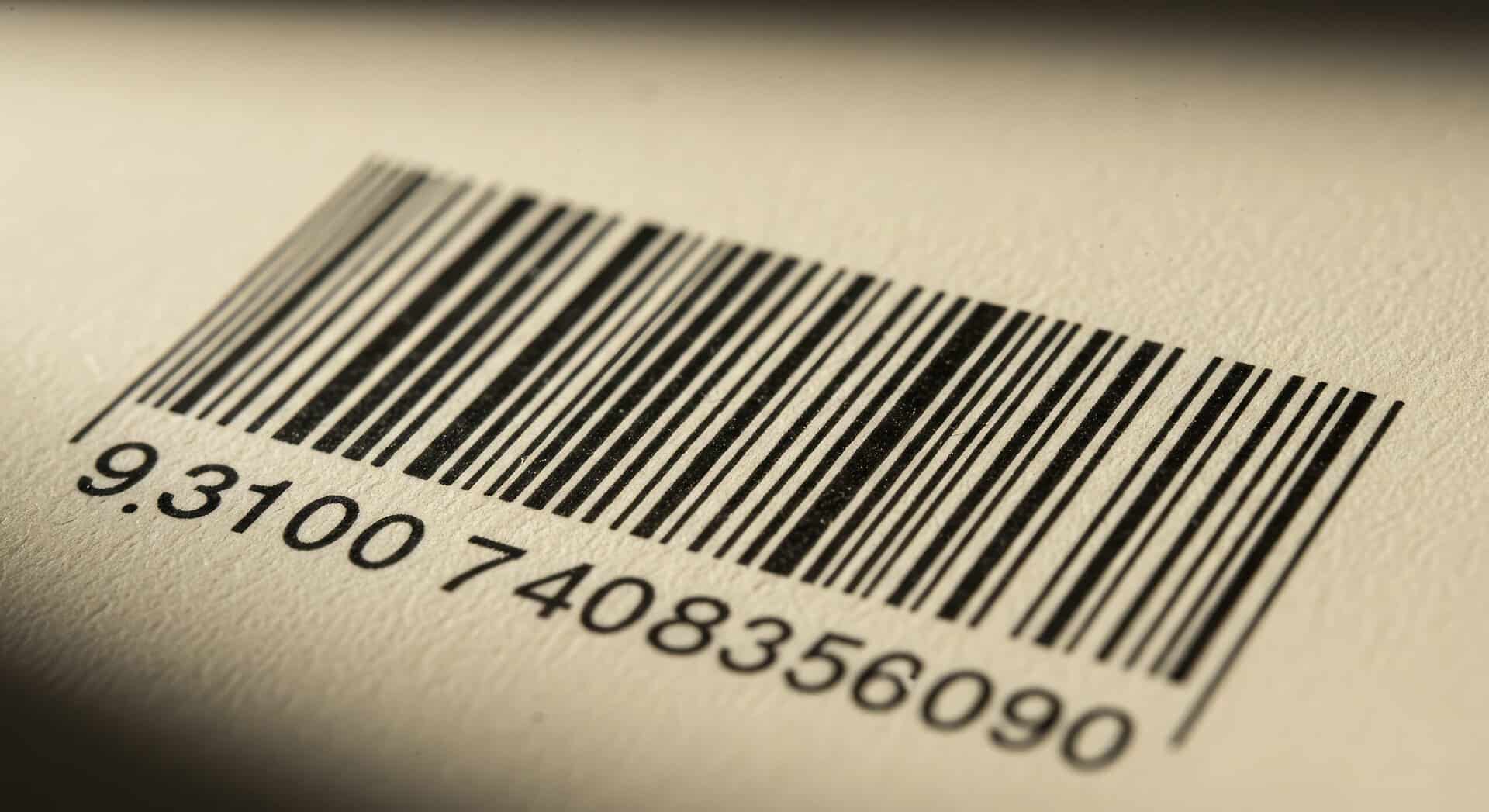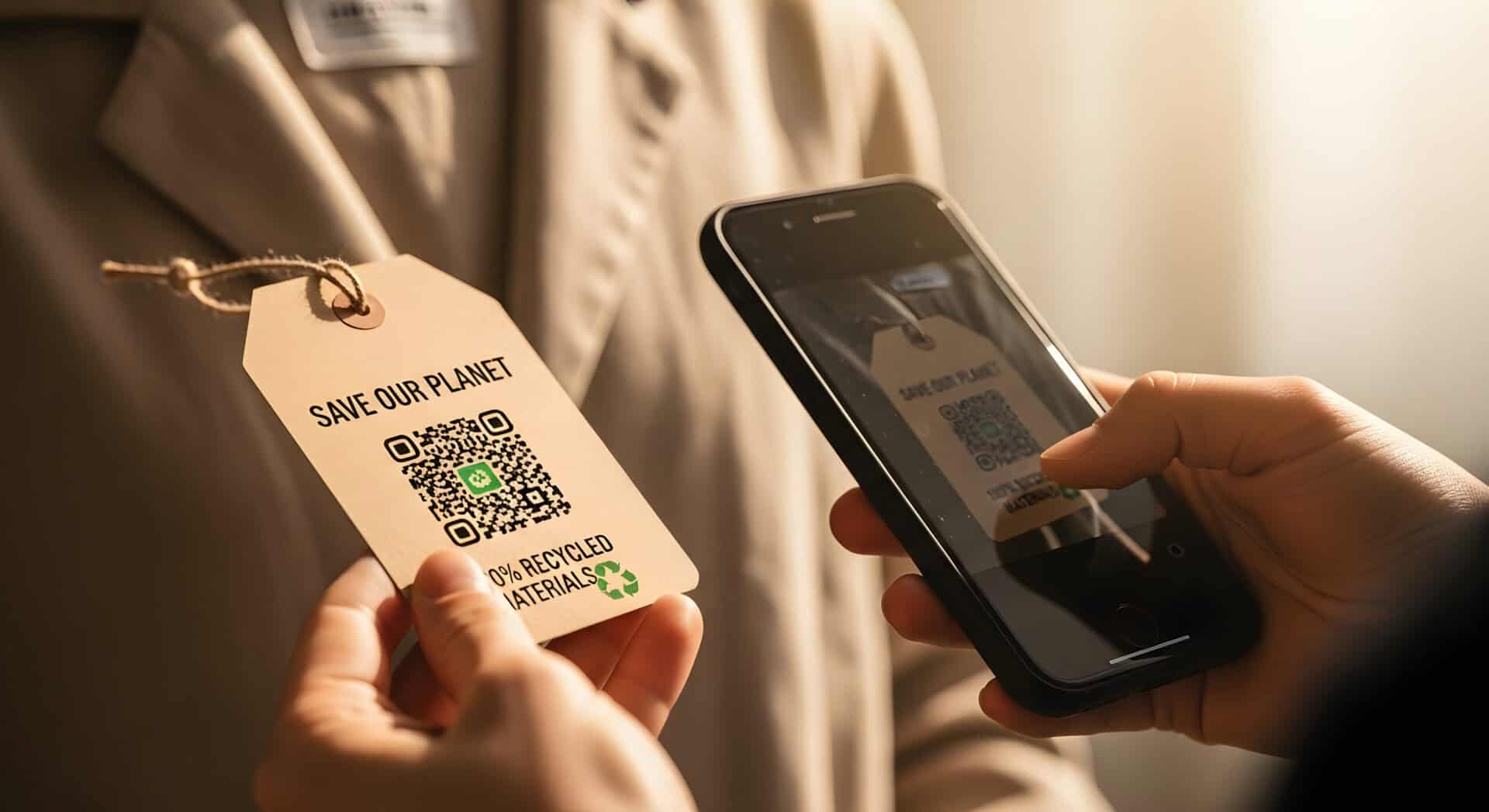
September is National Food Safety Month. What better way to discuss food safety than by speaking about three ways to have efficient traceability in your supply chain. There are three primary ways that traceability can assist with your supply chain. Recall control, employing software systems and understanding quality standards.
So far in 2015, U.S. food companies have recalled approximately 500 different FSIS (Food Safety and Inspection Service)-and FDA- regulated food products for food safety, quality, and even labeling issues. Current practice at many companies involves recording the lot numbers of the products by hand, and placing them into spreadsheets. Theoretically, a number of errors can occur by typing or writing. If a recall occurs, a company must provide this information within 24 hours. A digital reporting system can trace back where a contaminated batch came from, thus saving time and money to a company who may not be able to recover financially from a recall.
Situations like this highlight the importance of using advanced software systems to manage a company’s supply chain efficiently. These systems can generate barcode labels that include lot numbers, nutritional information, and unique IDs, all of which are automatically recorded in a database. They also ensure compliance by providing labels that meet GS1 standards. By integrating mobile device management solutions with the right software, companies can guarantee that lot numbers and other critical data are captured accurately and in real time, enhancing both efficiency and traceability.
A recent international recall for cucumbers was traced to a Salmonella outbreak in Mexico. What standards apply to foods that are imported? Well, the 2001 Bioterrorism Act states the following: As of Dec. 11, 2006, food processors are required be able to identify the origin of all food received by lot, code, rfid technology, or other identifier and provide the same information when releasing products. The Act applies to both foreign and domestic food, including all ingredients. Civil and criminal actions can be taken if the information is not provided upon request to FDA within 24 hours. Traceability allows for complete accountability that all quality standards are met, no matter where they are imported from.
In essence, a good traceability system is a great way to save money and even time. Who wants to dig for lot numbers and paperwork? A reliable traceability system benefits both low-risk and high-risk food producers. With a proper digital reporting system, a consultant will work with a company to set up a reporting process. The consultant will also provide ongoing education, training, and support.From farm to fork, the label can provide a story of where the product started and ended.
Watch our video on Packaging Execution System. See how it can asset you in your traceability system.


